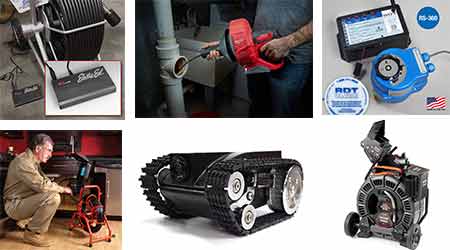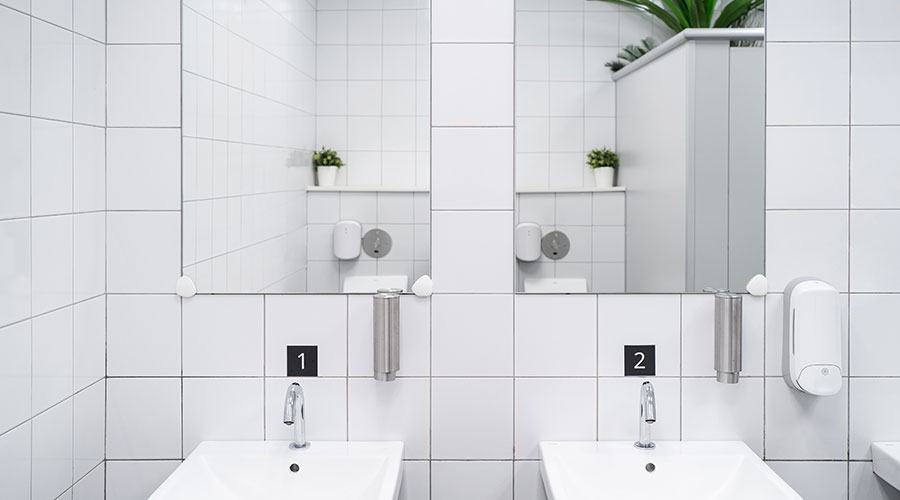Drain Cleaning Tactics for Long-Term Success
Part one of a four-part article on drain cleaning
Institutional and commercial facilities rely on plumbing and piping systems to support crucial operations and activities. But problems with these systems are inevitable, especially when the components begin to show signs of wear and age.
The challenge for managers is to specify the most appropriate drain cleaning equipment — from hand tools, small snakes, and water rams to large rooters and sectional machines — based on system condition and performance. Front-line technicians who are armed with these tools are likely to have greater success performing inspections, detecting leaks, and identifying and removing blockages in order to ensure long-term system performance.
Signs of trouble
Managers and technicians who understand the condition of their facilities’ plumbing and piping components are in a better position to develop a successful inspection and maintenance program.
Among the most common signs of wear and age in plumbing systems are: water on the floor around toilets; water leaks in ceilings below toilets that indicate seal deterioration; water running after a toilet valve closes; whistling noises coming from piping systems in walls; pump seals discharging excess water; steam traps leaking condensate; reduced pump capacity; water flow in pipes when no fixtures are open; water meters or area inline flowmeters showing flow when no water is in use; and toilet, shower, urinal, or sink fixtures that are dripping.
If condensation is dripping from overhead drains in garages, machine rooms, or utility tunnels on hot, humid days, cold water probably is flowing continuously through the piping, indicating leaks into the sewer due to malfunctioning, worn fixtures.
Another sign of drain leaks is the presence of insects along baseboards on inside walls. Moisture from leaks inside walls attracts the insects, which then build nearby colonies. These food sources in turn attract birds, so nesting in buildings is another tip-off.
Gradual buildups on interior pipe walls over time can cause blockages. If technicians hear gurgling sounds in a kitchen drain accompanied by a sewer odor, the drain most likely is blocked between the trap and the vent, causing a siphoning action that draws water from the trap and lets sewer gas rise through the trap and out the drain. The gradual buildup of solids in older drains can cause these symptoms, indicating the need for technicians to use a rodder to open the drain again.
Thinning pipe walls can occur as piping and systems age. Without proper preventive maintenance (PM), technicians cannot detect this problem until a wall fails and leaks occur. Also, as tree roots grow and penetrate joints, they can create underground blockages in drain pipes.
Related Topics:















